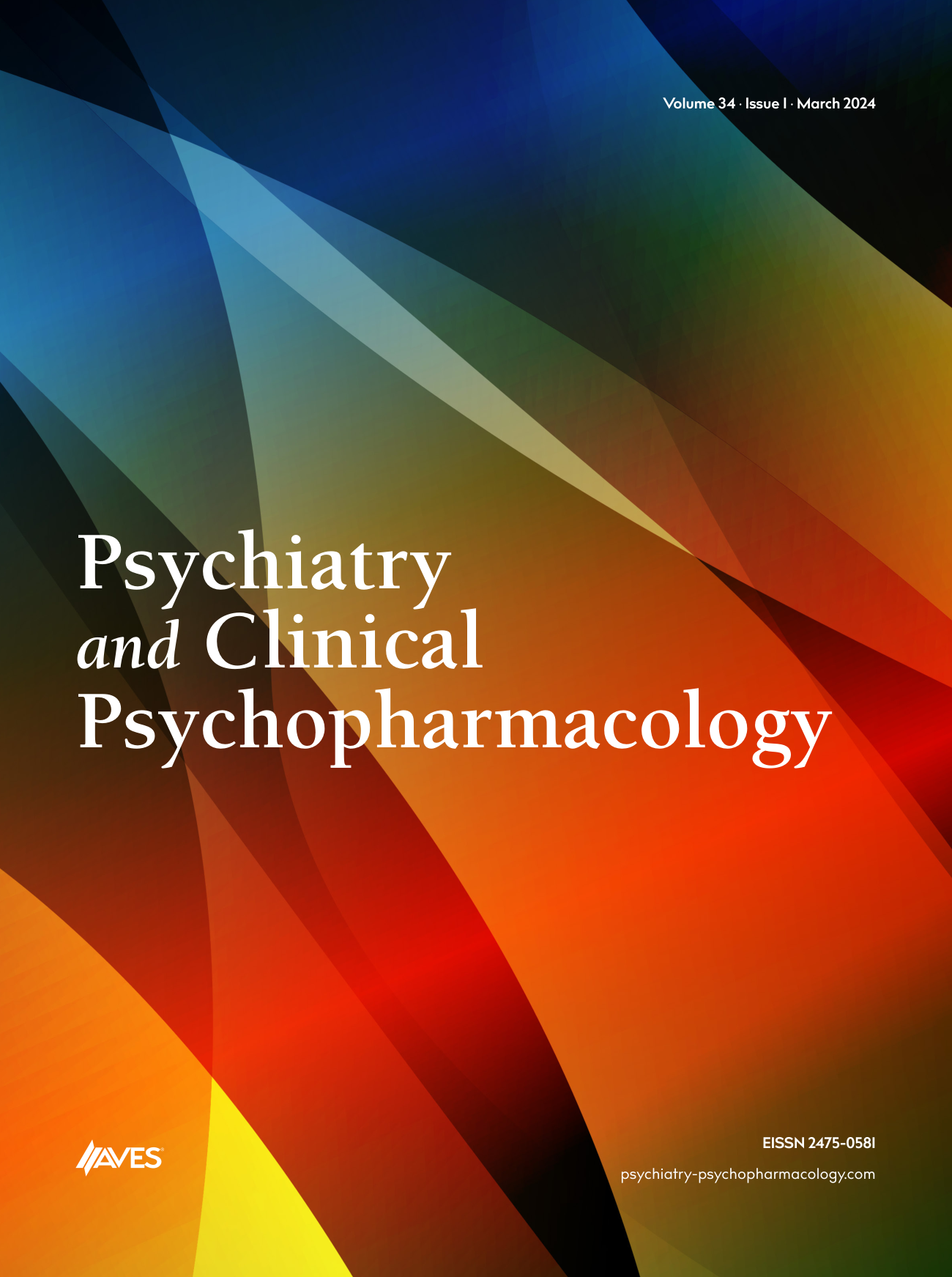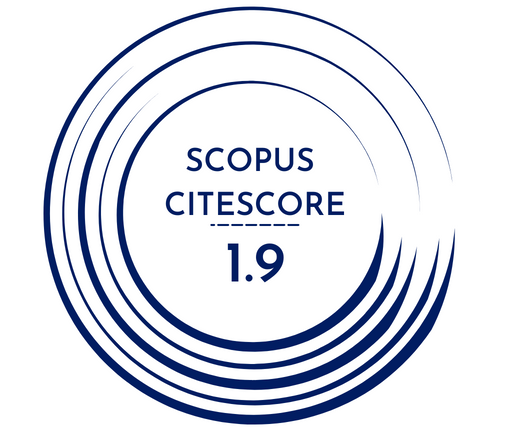Objective: Principally, neurohormones synthesized and released from the arcuate nucleus of the hypothalamus that are pro-opiomelanocortin (POMC), cocaine and amphetamine-regulated transcript (CART), neuropeptide Y (NPY), Aguti related peptide (AgRP) regulate eating habits, body weight, energy metabolisms in human. Besides the appetite reducing effects of POMC and CART, the eating trigger functions of AgRP and NPY were shown. Synthesis and secretion of these neurohormones are controlled by the insulin hormone secreted by the beta cells in the islets of Langerhans of the pancreas and leptin hormone synthesized and released in adipose tissue. After the secretion from the adipose tissue, leptin passes through the blood-brain barrier as insulin, bind to receptors (leptA and leptB) on the hypothalamus, reduces the synthesis of neuropeptides that increase appetite such as NPY, AgRP and increases the synthesis of neuropeptides that reduce appetite such as POMC, CART. Recently, in the studies, it has been initiated to emphasize that the weight gain effect of atypical antipsychotics might be originated from the deterioration in the hypothalamic regulation system. Neurons in the hypothalamic arcuate nucleus include serotonin and GABA receptors and regulation mechanisms may be disturbed due to the effects of atypical antipsychotics on these receptors. For instance, in a study that investigated the relationship between serotonergic system and the eating mechanism through carbohydrate metabolism, body weight as well as food cravings predominantly of carbohydrates had been shown to increase by 5-HT2A and 5-HT2C receptor antagonism of olanzapine administered to the rats.
Method: To examine olanzapine and risperidone weight gain effects, we accepted first episode psychotic patients with no medication (pre-treatment) and the healthy control group in this study. After patients´ diagnosis, they were hospitalized and then treated for four weeks with olanzapine and risperidone (post-treatment). We used case-control association design to test body mass index (BMI) and biochemical changes in each group. We also investigated peripheral leptin and neuropeptides/hormones namely, pro-opiomelanocortin (POMC), cocaine and amphetamine regulated transcript (CART), and neuropeptide Y (NPY) levels. These neuropeptides which are synthesized/secreted from arcuate nucleus of hypothalamus affect food intake and therefore, body weight.
Results: After 4 weeks of olanzapine and risperidone treatment; BMI (body mass index), waist circumference, blood triglyceride, total cholesterol, and very low density lipoprotein (VLDL) levels were increased significantly in patients compared to their pre-treatment baseline. Leptin levels were markedly high after the treatment in the risperidone and olanzapine groups. NPY level was significantly increased in patients after the treatment of olanzapine. Circulating levels of those neurohormones were not significantly changed between before and after risperidone treatment of the patients.
Conclusion: We may presume that the antagonist effect of olanzapine on the serotonin (5HT2CR and 5HT1BR) receptors of the arcuate hypothalamic neurons may be a basis for a deregulation of the neurohormones secretion. These data demonstrate that peripheral ?-MSH and NPY, although reşecting only secretion from peripheral organs, nevertheless, may provide an insight into the patients’ sympathetic tone and also suggest change of their appetite regulation. ?-Melanocyte-stimulating hormone, NPY, and CART plasma levels may be used as a predictor of weight gain in the early treatment of the patients along with the leptin levels.



